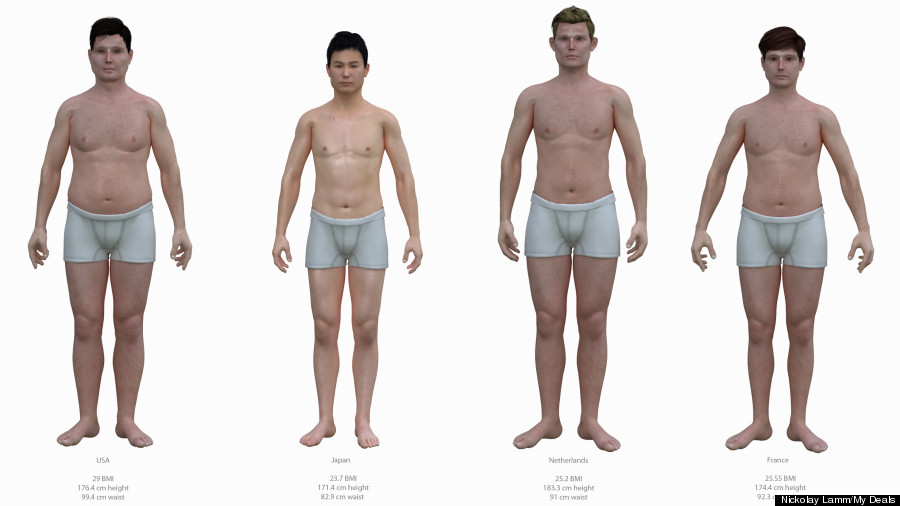Judith Stein got a call from her mother recently, reporting that a friend was in the hospital. “Be sure she’s admitted,” Ms. Stein said.
“Of course she’s admitted,” her mother said. “Didn’t I just tell you she was in the hospital?”
But like a sharply growing number of Medicare beneficiaries, her mother’s friend would soon learn that she could spend a day or three in a hospital bed, could be monitored and treated by doctors and nurses — and never be formally admitted to the hospital
. She was
on observation status and therefore an outpatient
. As I wrote last year, the distinction can have serious consequences
.The federal Centers for Medicare and Medicaid Services tried to clarify this confusing situation in the spring with a policy popularly known as the “two-midnight rule.” When a physician expects a patient’s stay to include at least two midnights, that person is an inpatient whose care is covered under Medicare Part A, which pays for hospitals. If it doesn’t last two midnights, Medicare expects the person to be an outpatient, and Part B, which pays for doctors, takes over.
It’s rare to have hospital and nursing home administrators, physicians and patient advocates all agreeing about a Medicare policy, but in this case “there’s unanimity of dislike,” said
Carol Levine , director of the Families and Health Care Project of the United Hospital Fund
. Despite
protests , the rule took effect on Oct
. 1, but Medicare agreed to delay penalties for 90 days
.Meanwhile, administrators at the Johns Hopkins Hospital in Baltimore have taken to calling the policy the Cinderella Rule, said Amy Deutschendorf, senior director of clinical resource management: “If you cross two midnights, you’re an inpatient. If not, you’re a pumpkin.”
Being a pumpkin can cost patients a lot of money. Under Part B, they’re billed separately for every procedure and visit and drug, and the co-pays can mount until patients owe hundreds or thousands of dollars — which they may only discover upon receiving the bills. “People are shocked,” Ms. Levine said. “Nobody is required to tell them they’re outpatients.” (Except in New York State, where the governor just signed legislation requiring that Medicare beneficiaries be informed of their observation status and be able to appeal it.)
More expensive, though, are the fees at rehab places or nursing homes, which Medicare will pay for after three days of inpatient care. Those who’ve been outpatients don’t qualify for that benefit and can find themselves on the hook for five-figure sums.
So patients are complaining, and so are hospitals. Older people in emergency rooms often have complex problems, and they are strangers to the physicians who must decide whether to admit them or not. “Nobody looking at the patients who come through the door can predict who’s going to be here for two midnights,” Ms. Deutschendorf said. Yet a hospital that admits patients who don’t need two midnights’ worth of care may face Medicare audits, denied payments, fraud accusations and financial penalties.
Johns Hopkins at least gives observation patients an information sheet telling them they’re outpatients, to forestall later shock. But “it causes them angst and results in deteriorating patient-physician relationships,” Ms. Deutschendorf said. She estimated that under the new rule, observation stays will double. “We don’t want to be the bad guys here,” she said.
Hospitals will lose money, too, it appears, since Part A reimburses at higher rates than Part B. An
18-month study of observation patients at the University of Wisconsin Hospital, recently published in JAMA Internal Medicine, found that they accounted for more than a quarter of adult general medicine stays
. The hospital lost about $500 for each adult general medicine inpatient (the difference between cost and reimbursement); for observation patients, it lost nearly $1,400
. Other studies have found that observation costs less, however
.Money matters, of course, but opponents of the two-midnight rule also point out that it lacks logic. “Hospital care is hospital care,” Ms. Deutschendorf said.But not always.
Say Patient X arrives at the emergency room complaining of chest pains at 11:58 p.m. on Tuesday and gets discharged from the hospital on Thursday morning after breakfast. Patient X will have stayed for two midnights, so he was an inpatient, covered by Medicare Part A.
Say Patient Y arrives with the same condition five minutes later, at three minutes past midnight on Wednesday morning, and also leaves Thursday.Patient Y stayed only one midnight, so even if he received precisely the same care, he’s a pumpkin, facing higher Part B co-pays.
Moreover, if Patient X receives medically necessary services and gets discharged Friday morning instead of Thursday, he will have stayed three days, and so Medicare will cover rehab care if he can’t safely go home. Patient Y has been an outpatient, so even after three days, he’ll have to pay for rehab himself.
What patient advocates really want is to get rid of that three-day hospitalization requirement for the Medicare nursing home benefit
. But the odds don’t look encouraging. Last month, a federal court in Connecticut
dismissed a class-action suit brought by the Center for Medicare Advocacy and the National Senior Citizens Law Center, seeking to overturn the rule
. They have decided to appeal. (Therefore, federal officials at Centers for Medicare and Medicaid Services will not comment
.)
Legislation to allow any time spent in a hospital — as an inpatient or outpatient or both — to count toward the three-day requirement for skilled nursing coverage has gone nowhere in two Congresses, but it has acquired more than 100 House sponsors from both parties and more than 20 in the Senate. That may be the more likely situation, someday.
Meanwhile, families should at least ask, as the staff members fasten the plastic ID bracelet around a relative’s wrist: Is she an inpatient? Or an outpatient?







